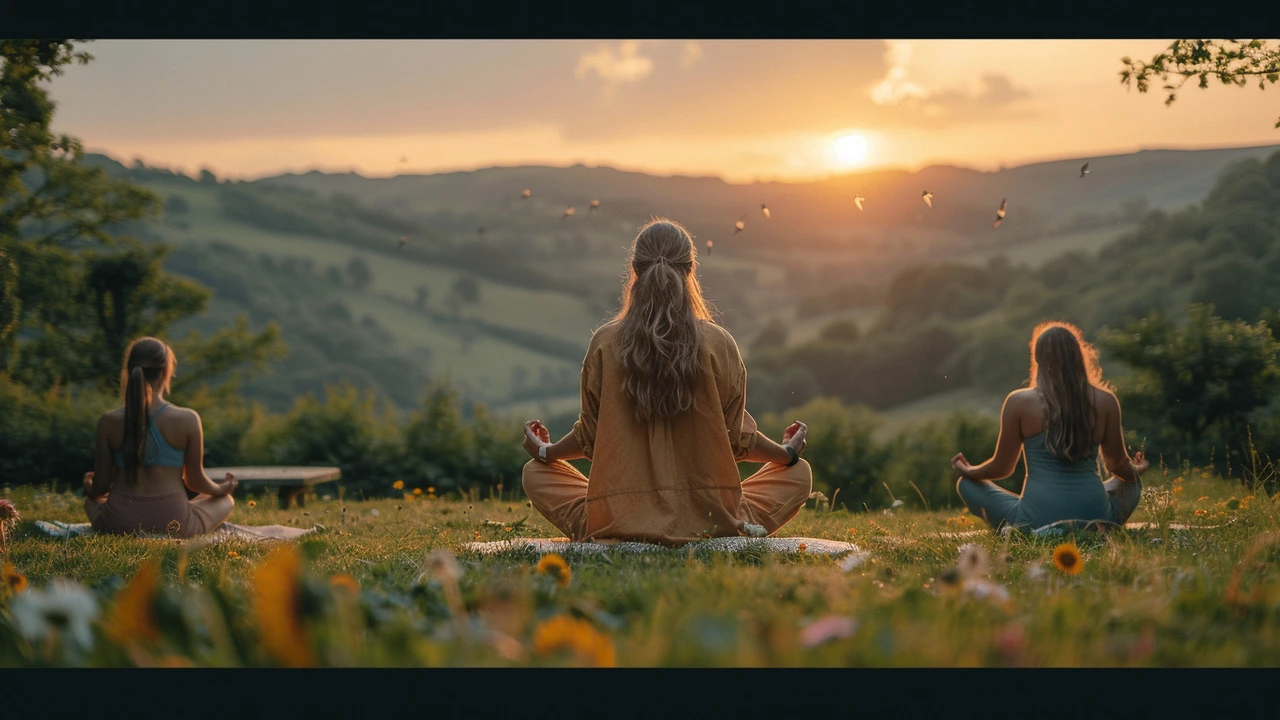Understanding the Importance of Relaxation
In a world where the hustle is glorified, it's easy to overlook the power of relaxation. Yet, it's the secret sauce to maintaining our health, happiness, and productivity. Relaxation is not merely about sitting quietly or sleeping; it's about engaging in activities that significantly reduce our stress levels, both physically and emotionally. The ability to relax and rejuvenate is crucial for combating stress, which, according to the American Psychological Association, is linked to six of the leading causes of death.
The Science of Stress and Relaxation
When we're stressed, our body goes into 'fight or flight' mode, releasing cortisol and adrenaline, which are helpful in acute situations but harmful when the stress is chronic. Relaxation techniques have the opposite effect, activating the body's 'rest and digest' response. This helps lower blood pressure, slow heart rate, and decrease muscle tension. The benefits extend beyond the physical; they also include improved mood and cognition.
Deep Breathing: The Foundation of Relaxation
Deep breathing is the cornerstone of many relaxation techniques. It's simple, effective, and can be done anywhere. It works by sending a message to your brain to calm down and relax, which then sends this message to your body. Various methods exist, from the diaphragmatic breathing to the 4-7-8 technique. Regardless of the method, the goal is to shift your focus and breathing pattern to trigger relaxation.
Mindfulness and Meditation: Pathways to Inner Peace
Mindfulness and meditation are powerful practices for achieving relaxation and reducing stress. Mindfulness encourages living in the moment and experiencing sensations without judgment, thereby reducing the overactivity of the mind. Meditation, on the other hand, involves techniques that encourage and develop concentration, clarity, emotional positivity, and a calm view of the true nature of things. Regular practice can lead to profound understanding and inner peace.
Physical Activity: The Dynamic Route to Relaxation
While it might seem counterintuitive, physical activity is immensely beneficial for relaxation. Exercise increases endorphins, which are natural mood lifters, and can also act as a meditation in motion, helping you find calmness through repetitive movements. Activities like yoga and Tai Chi are particularly effective as they combine physical movement with breathing techniques, enhancing both physical and mental relaxation.
Creating a Relaxation Routine
Consistency is key when it comes to relaxation. Incorporating relaxation techniques into your daily routine doesn't have to be time-consuming or complex. It could be as simple as dedicating a few minutes to deep breathing each morning or practicing mindfulness during your daily commute. The idea is to make relaxation a regular part of your lifestyle, rather than an afterthought.
Adapting to Your Needs
Relaxation is not a one-size-fits-all concept. What works for one person might not work for another. It's essential to experiment with different techniques and pay attention to how your body and mind respond. Listen to yourself, and be willing to adapt your relaxation practices to fit your needs and preferences. This personalization of relaxation techniques is what ultimately leads to a more balanced lifestyle.
Conclusion: Embracing Relaxation
Embracing relaxation techniques and integrating them into our lives is not just beneficial; it's essential for our well-being. By understanding and leveraging these practices, we can effectively manage stress, enhance our mood, and improve our overall health. The journey to a balanced lifestyle begins with recognizing the value of relaxation and taking intentional steps to incorporate it into our daily lives.

Comments